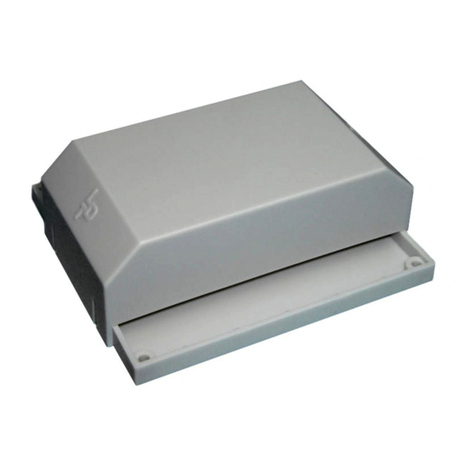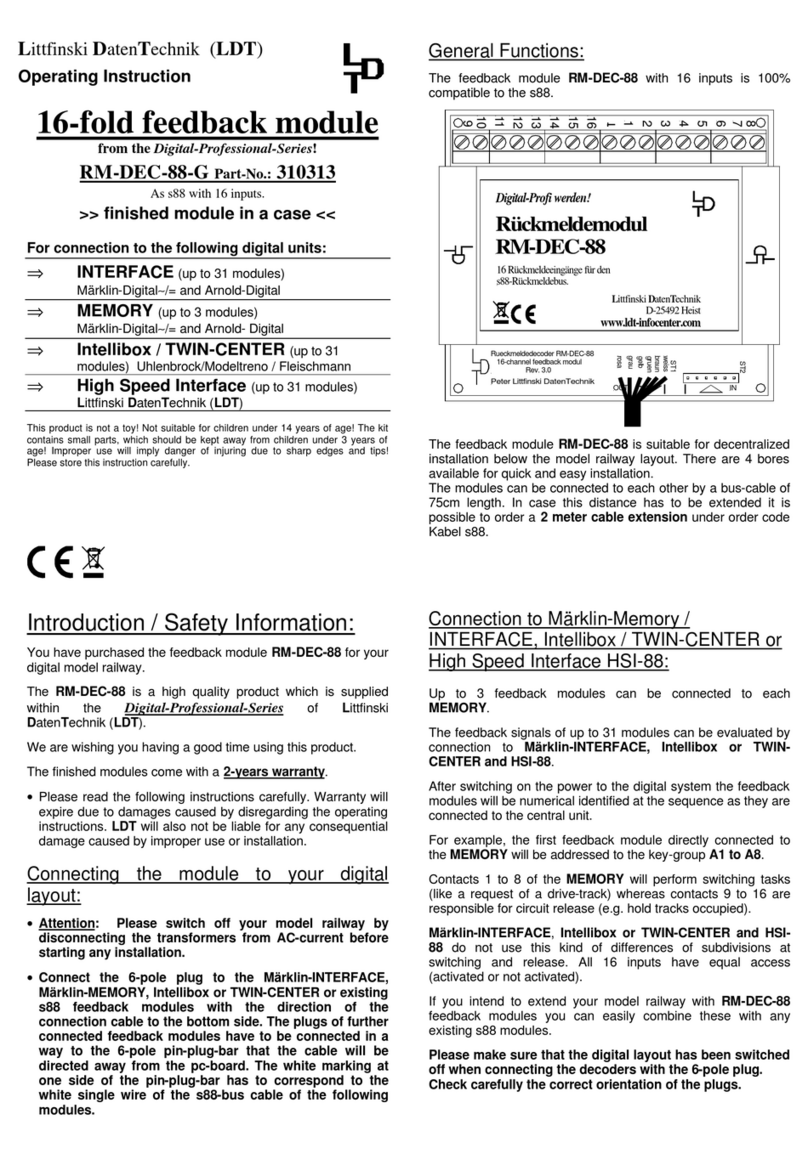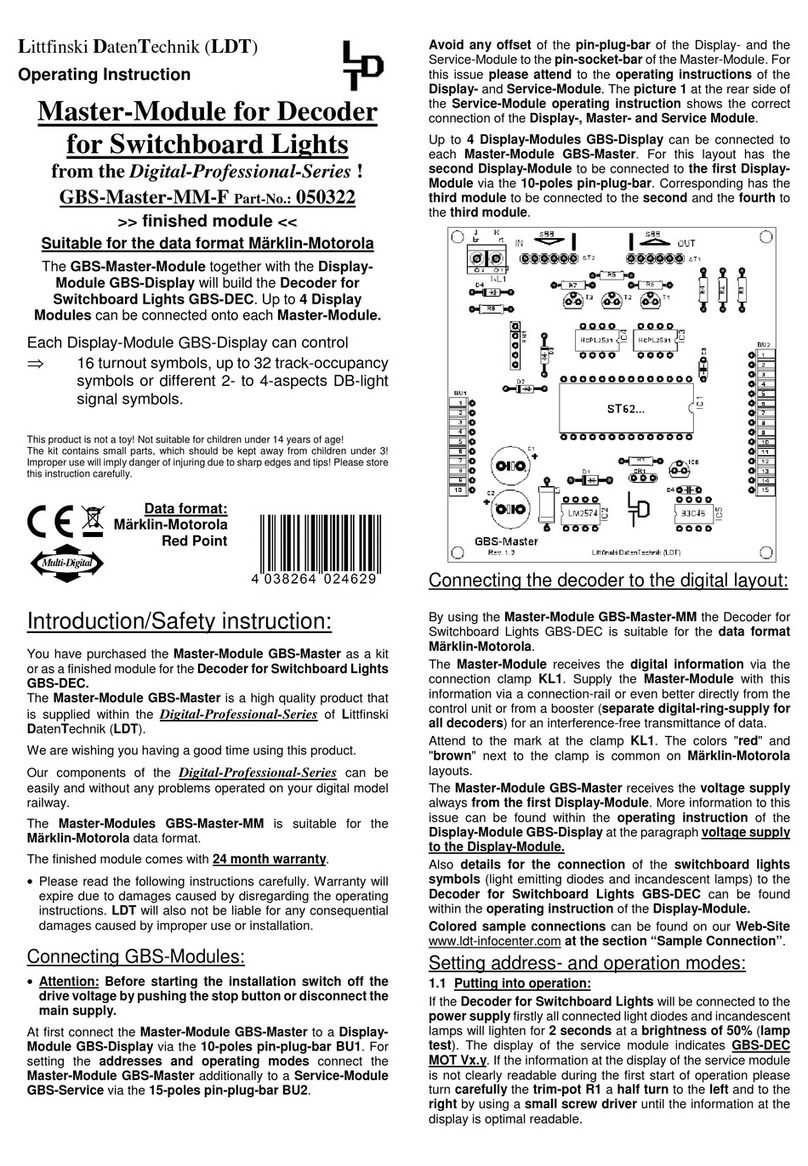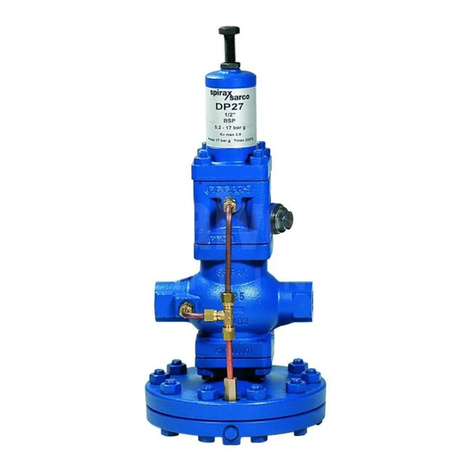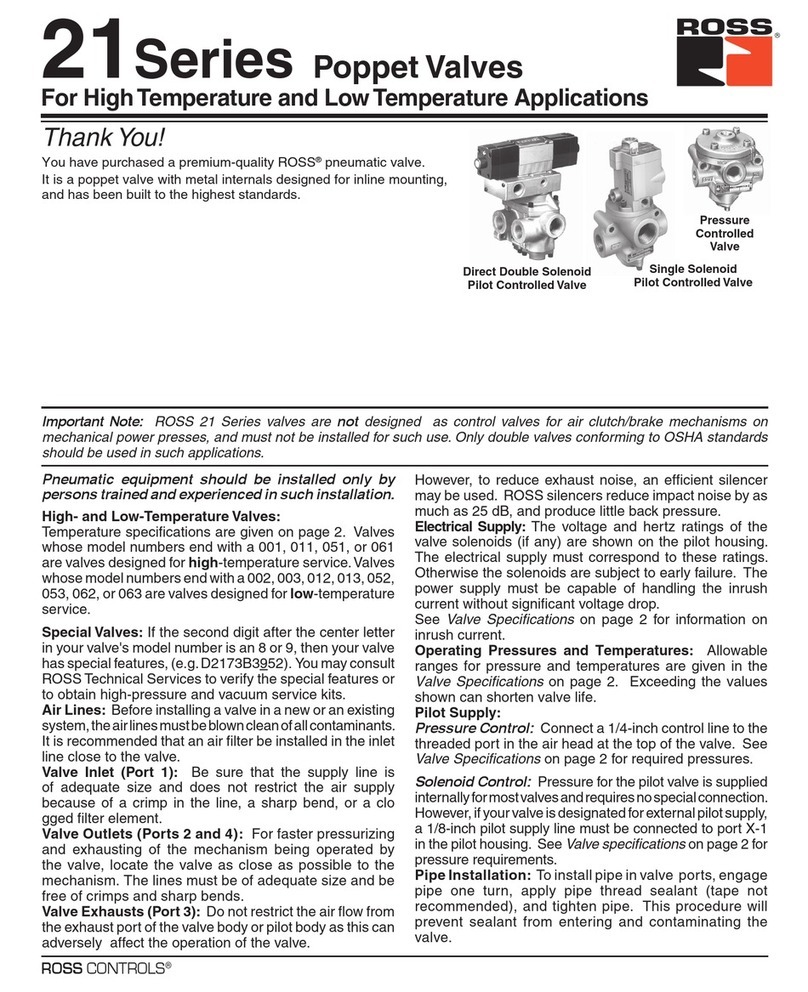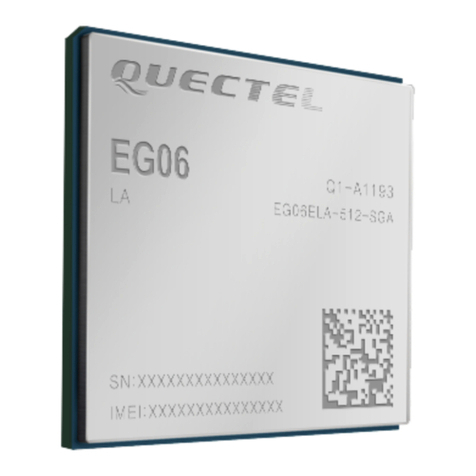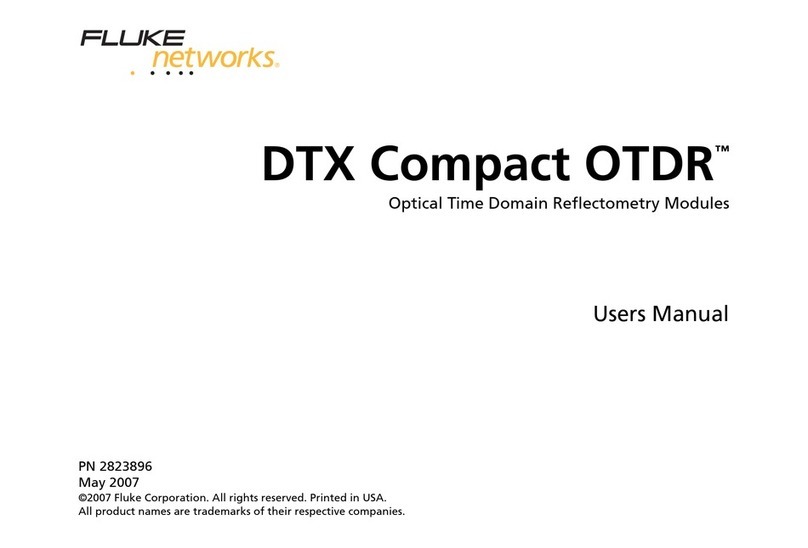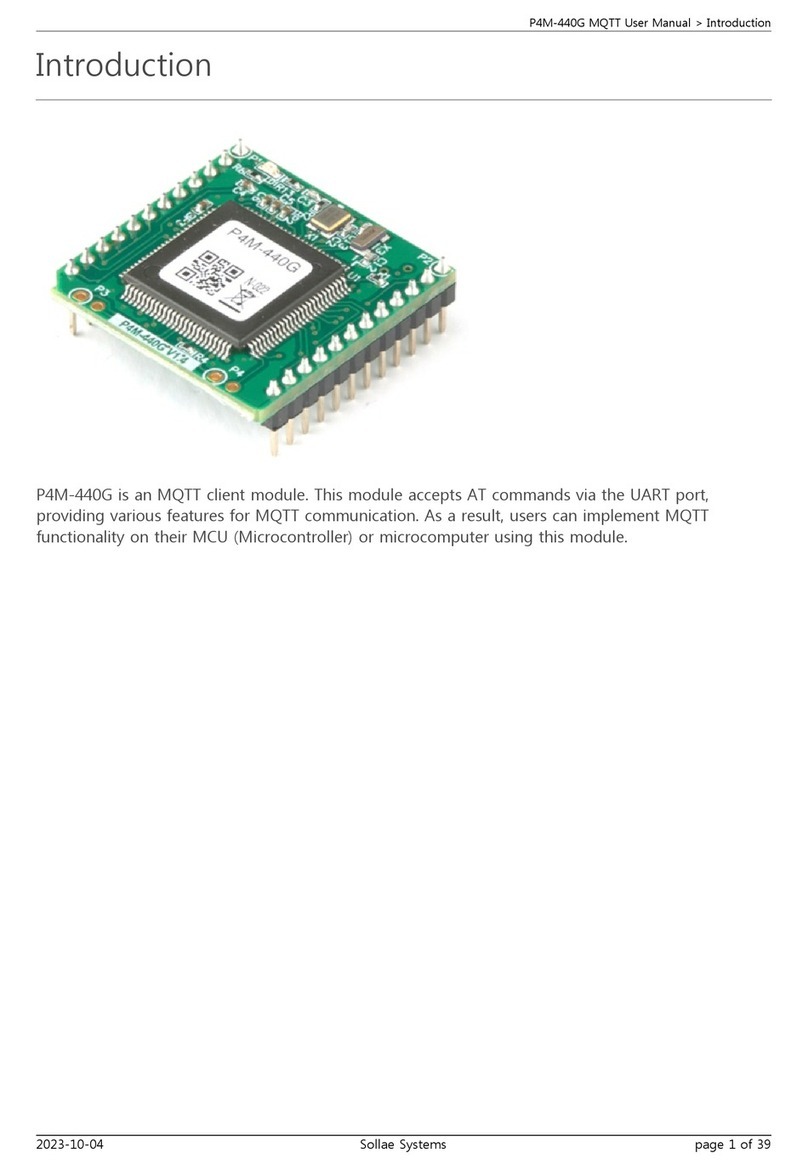LDT Digital-Professional Series User manual

L
ittfinski
D
aten
T
echnik
(LDT)
Multi-Digital
s88-N
Feedback Module
with integrated
8-fold track occupancy detectors
for the s88-feedback bus
from the Digital-Professional-Series !
RM-GB-8-N-F
Part-No.:
320102
>> finished module <<
⇒controls up to 8 different tracks
(current detection from 0,001[1mA] up to 3 ampere).
⇒integrated voltage control
(avoiding “track free” feedback in case of power failures).
⇒separated by opto isolation
(between track and feedback bus).
⇒for s88 standard connections and s88-N(5V)
(with 6-poles s88-pinbars and RJ-45 sockets].
⇒suitable for following digital systems:
Märklin CS1 and 2, CS3 (plus) over L88 with 5V, Twin-
Center, Intellibox, HSI-88(-USB), EasyControl, ECoS,
DiCoStation.
This product is not a toy! Not suitable for children under 14 years of age! The kit
contains small parts, which should be kept away from children under 3! Improper
use will imply danger of injuring due to sharp edges and tips! Please store this
instruction carefully.
Introduction / Safety Information:
You have purchased the 8-fold feedback module RM-GB-8-N
with integrated detection of track occupancy for your model
railway. The RM-GB-8-N is a high quality product that is supplied
within the
Digital-Professional-Series
of Littfinski DatenTechnik
(LDT).
We wish you having a good time using this product.
The finished module comes with 24 month warranty.
•Please read the following instructions carefully. Warranty will
expire due to damages caused by disregarding the operating
instructions. LDT will also be not liable for any consequential
damages caused by improper use or installation.
•Also, note that electronic semiconductors are very sensitive to
electrostatic discharges and can be destroyed by them.
Therefore, discharge yourself before touching the modules on
a grounded metal surface (e.g. heater, water pipe or protective
earth connection) or work on a grounded electrostatic
protection mat or with a wrist strap for electrostatic protection.
•Attention: Please switch off your digital control unit and
unplug all transformers from AC-current before starting to
assemble the unit.
General functional description:
The RM-GB-8-N feedback module combines the occupied track
detection and the feedback report function. The 8 detectors
for occupied tracks work by detection of current. In cases a
connected track is occupied by an object with a minimum of
0,001 Ampere (1mA) consuming current, the track will be
detected as occupied.
Locomotive decoder, coach lights or axles with electrical
resistance are consumer of electrical power and therefore
induce the detection of an occupied track.
The maximum DC current on the tracks can be up to 3 Ampere
per output. A peak current of 7 Ampere will be possible at
short term. Then has the booster to identified the overload or
the short circuit and has to cut-off the current.
s88-N
OUT
IN
s88-N
The track voltage and the feedback bus are separated by opto-
galvanic. The current for the tracks can therefore safely be
supplied from different transformers without having a negative
effect on the digital control units.
The modular concept of occupied track detectors and
feedback decoders implements a considerable galvanical
problem: as soon as there is no electrical power on the tracks, all
tracks are detected as free because no consuming current is
detected. There are track occupied detectors available on the
market which use an auxiliary voltage to solve this problem, but
this can influence sometimes the locomotive decoder causing
disturbances and is therefore no suitable solution.
As the feedback module RM-GB-8-N has a build-in intelligence
(microprocessor Z86... [IC1], we have integrated a solution called
voltage monitor. In case of voltage drop or short circuit there is
no inaccurate “free track” detection and report back via the
feedback bus to the digital control unit or the PC. All track
occupancies will be “frozen” during this phase of voltage
interruption.
As soon as there is current on the tracks again the actual
situations on the tracks will be detected and reported back via
the feedback bus.
The RM-GB-8-N feedback module is suitable for a decentralize
installation underneath of the model railway installation. There
are 4-bores on the edges of the modules for quick and easy
installation. Suitable assembly parts (plastic distance spacers
and wood screws) are available under the order code MON-SET.
Connecting the RM-GB-8-N to Digital Central
Units respectively Interfaces:
Digital Central Units and Interfaces can control up to 496
feedback contacts via the s88-Feedback bus. Therefore will be
the occupation reports of up to 62 RM-GB-8-N evaluated.
Electrical power will be supplied from the s88-feedback bus
to all feedback modules. This will apply for the s88-standard
feedback modules and as well as for the feedback modules RM-
GB-8-N. The power consumption of the standard feedback
modules is considerable low. The RM-GB-8-N requires 0,003
Ampere (3mA) only.
The s88 feedback bus of digital central units and interfaces
can mostly supply a maximum load of up to 0.5 Amp. If the
maximum quantity of 62 feedback modules RM-GB-8-N are
connected, the bus has to supply 62 x 0,003A = 0,186A.
If you want to extend your model railway layout with RM-GB-8-
Nfeedback modules you can easily combine those with our
Operating Instruction

feedback modules RM-DEC-88(-Opto) and RM-88-N(-Opto) or
s88 feedback modules of other manufacturers.
The address of the feedback modules is related to the
sequence of the connection to the digital central unit or to the
interface. The feedback module which is directly connected
to the central unit will get always the address 1. Further details
are available within the operation instructions of your digital
central unit or the interface.
The RM-GB-8-N contains two 6-poles pin bars for the s88-
standard connection and two RJ-45 sockets for a bus
connection in accordance to
s88-N
.
At the RM-GB-8-N are the pin bars and sockets marked with
OUT and IN.
OUT is the connection in direction of the digital central unit
or interface. IN shall be connected to the next following
feedback module within the s88 bus line.
Digital central units and interfaces contain always a s88-input
for a s88-standard connection.
We supply an interference protected twisted s88-bus-cable
with original s88-bus plugs for the s88-standard connection.
The plugs of the s88-bus-cable are correct assembled on the
6-poles pin bar of the RM-GB-8-N when the position of the
white single wire corresponds to the white marking on the pc-
board next to the pin bar. The cable shall lead directly away
from the feedback module. Additionally attend to the correct
position of plug to prevent any offset to the 6-poles pin bar.
For a secure s88-bus connection in accordance to
s88-N
we offer
an interference protected blue patch cable with RJ-45 plugs.
Attention: Digital central units with PC-network connection
(e.g. Central Station 1, 2 and 3 and ECoS) contain as well a RJ-
45 socket. The RJ-45 network socket shall never be
connected to the RM-GB-8-N!
The RM-GB-8-N shall be operated only with a s88-bus voltage
of 5V. If the Digital-command station or the Interface offers the
possibility to use either 5V or 12V for the s88-bus voltage the
5V has to be selected. The operation of the s88-connection at
the bottom of the Märklin CS3 plus (60216) with a constant s88-
bus voltage of 12 Volt will not be permitted because this will
damage the feedback module. It is absolutely required to set
the Märklin L88 (60883) sliding switch onto a s88-bus voltage
of 5Volt.
Connecting track sections:
Below draft clarifies how to connect the feedback module
RM-GB-8-N to a track.
RM-GB-8-N
7654321 8
From further
feedback modules
Digital current from
command station
or booster
IN1 IN2
Von weiteren
Rückmeldemodulen
Digitalstrom von
Digitalzentraler
oder Booster
s88-N
OUT IN
s88-N
Richtung
Digitalzentrale
Normalgleis Überwachte Gleisbereiche
Standard track Monitored areas
Direktion to
command station
Digital current will be supplied to the RM-GB-8-N via input IN1
and IN2. IN1 provides current to the output 1to 4and IN2
provides current to the output 5to 8. The two inputs IN1 and IN2
are electrical separated.
Therefore will it be possible for example to supply IN1 from the
digital command station (control unit) and IN2 from a booster.
With reason to have a correct feedback report is it required to
supply digital current to both inputs (IN1 and IN2).
By using the control unit or a booster on IN1 or IN2 connect the
digital current for the supply of the continuous rail to the
clamp with the continuous white line.
Output clamps 1 to 8 shall be connected to those isolated
tracks, which shall be monitored. As indicated in the draft it is
sufficient to isolate one rail. The clamp with the dotted line
shall be connected to the rail track section to be monitored.
Detailed sample connections for various application can be
downloaded from our web-site (www.ldt-infocenter.com) within
the section "Downloads".
To avoid short circuits when locomotives are crossing the
transitions of each monitored track, always the same connecting
sequence of the tracks has to be strictly followed.
In case of a short circuit when crossing the transition (control unit
will switch to EMERGENCY STOP) please check the
connections and eventually change the cables of the monitored
track at the respective OUTPUT clamps.
Anti-interference capacitors can lead to an erroneous
occupied detection of the track and should therefore not be used
within the monitored track.
If you apply electrical resistant coating to the axles of your
trains you should measure the resistance value with a Multimeter
afterwards.
A resistance between 5and 10 KOhm will guarantee a safe
monitoring by the occupied track detection of the feedback
module RM-GB-8-N.
Customary used resistance axles with a resistance value of 18
KOhm will just be monitored, provided that the rails are very
clean and the railway coaches have a sufficient contact to the
rails. In such case it will be recommended, to fit two resistance
axles to the coach to receive a total resistance value of about 9
KOhm. This will assure a save monitoring even when the rails
are not perfect clean.
Accessory:
For easy assembly of the RM-GB-8-N-F below your model rail
road layout base plate we offer a set of assembly material under
the order identification: MON-SET. Under LDT-02 you can
purchase a low priced durable suitable case.
Trouble shooting:
What to do if something is not working as described above?
If you have purchased the RM-GB-8-N module as a kit, please
carefully check all parts and all soldered joints.
Important: Both inputs (IN1 and IN2) have to be connected to a
digital current.
Possibly test the single monitoring function of the modules first
before connecting it to the tracks.
To do this you can use a resistor (couple of hundred Ohm) or a
small model lamp to simulate the occupied situation on each
output clip.
Without resistor or incandescent lamp the detection of the input
should be indicated as “free”, with a resistor or incandescent
lamp your digital control unit or PC should show an “occupied”
situation.
Made in Europe by
Littfinski DatenTechnik (LDT)
Bühler electronic GmbH
Ulmenstraße 43
15370 Fredersdorf / Germany
Phone: +49 (0) 33439 / 867-0
Internet: www.ldt-infocenter.com
Subject to technical changes and errors. 08/2022 by LDT
Märklin, and Motorola are registered trademarks.
This manual suits for next models
2
Other LDT Control Unit manuals
Popular Control Unit manuals by other brands
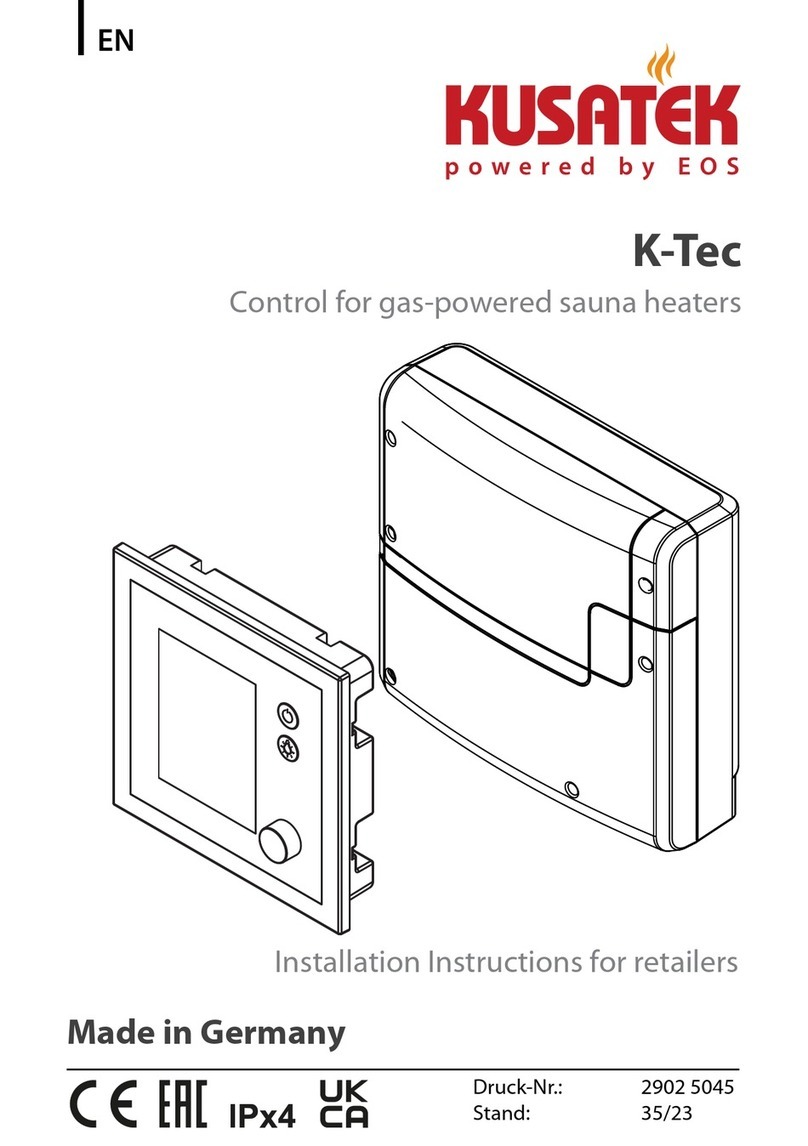
EOS
EOS KUSATEK K-Tec installation instructions

Pilz
Pilz PNOZ mc1p operating instructions
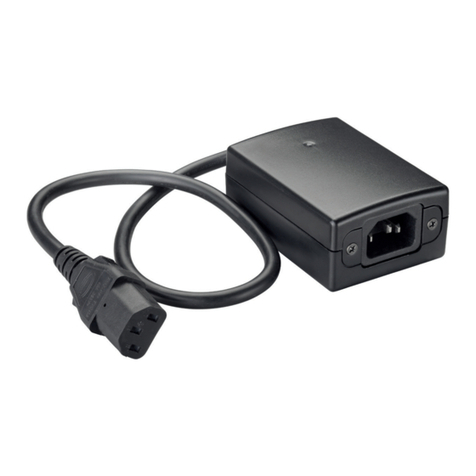
Celexon
Celexon Professional Radio Trigger operating instructions
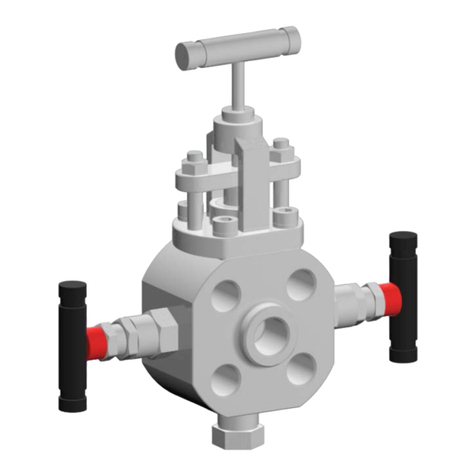
Armaturen
Armaturen Comeval UNIFLOW 8F Installation, operating and maintenance manual

NI
NI SCC-RLY01 user manual

Aetina
Aetina DeviceEdge Orin Nano AIE-CO21 user manual

Fuji Electric
Fuji Electric ALPHA7 instruction manual
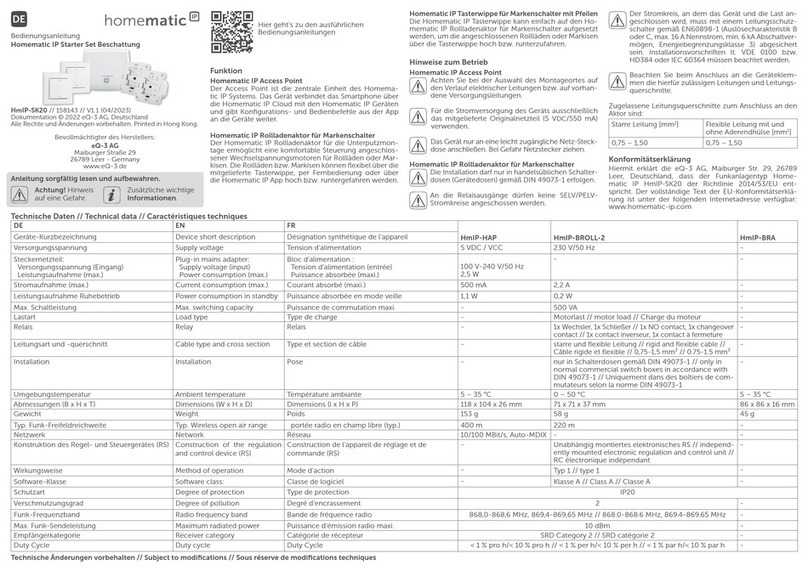
Homematic IP
Homematic IP HmIP-SK20 operating manual

IDEC
IDEC HR6S-S Original instructions
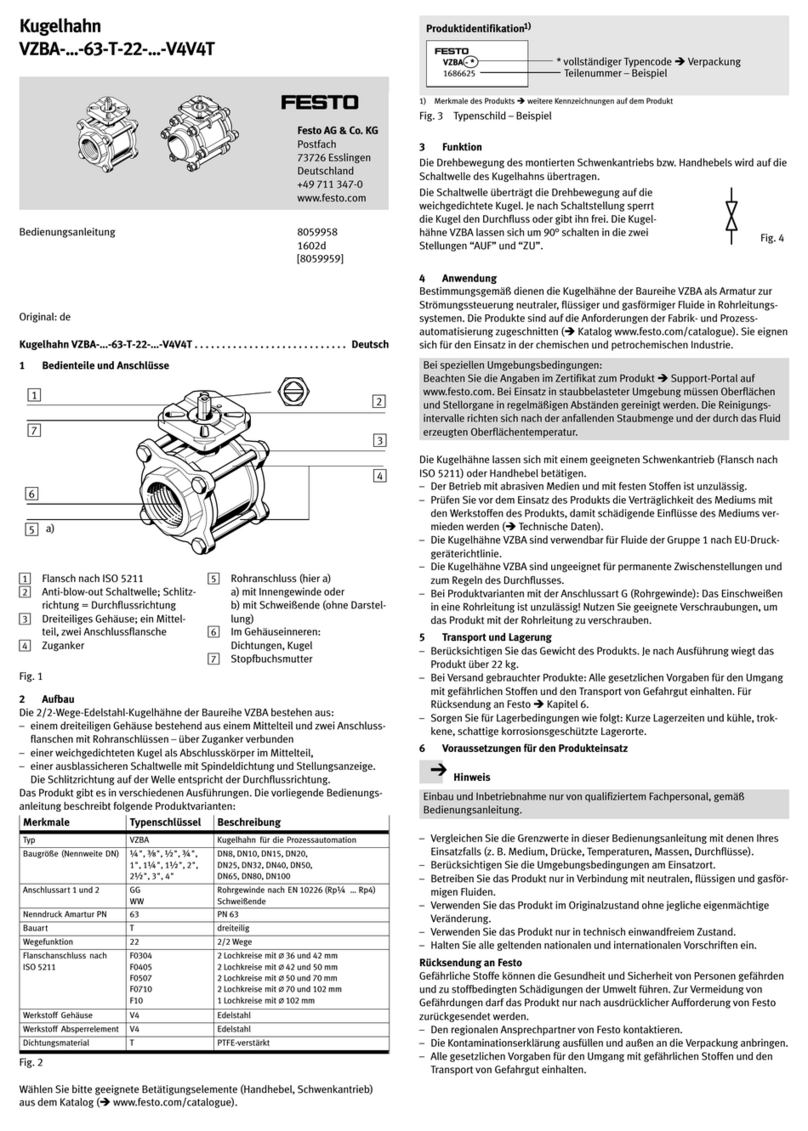
Festo
Festo VZBA-...-63-T-22-...-V4V4T series operating instructions
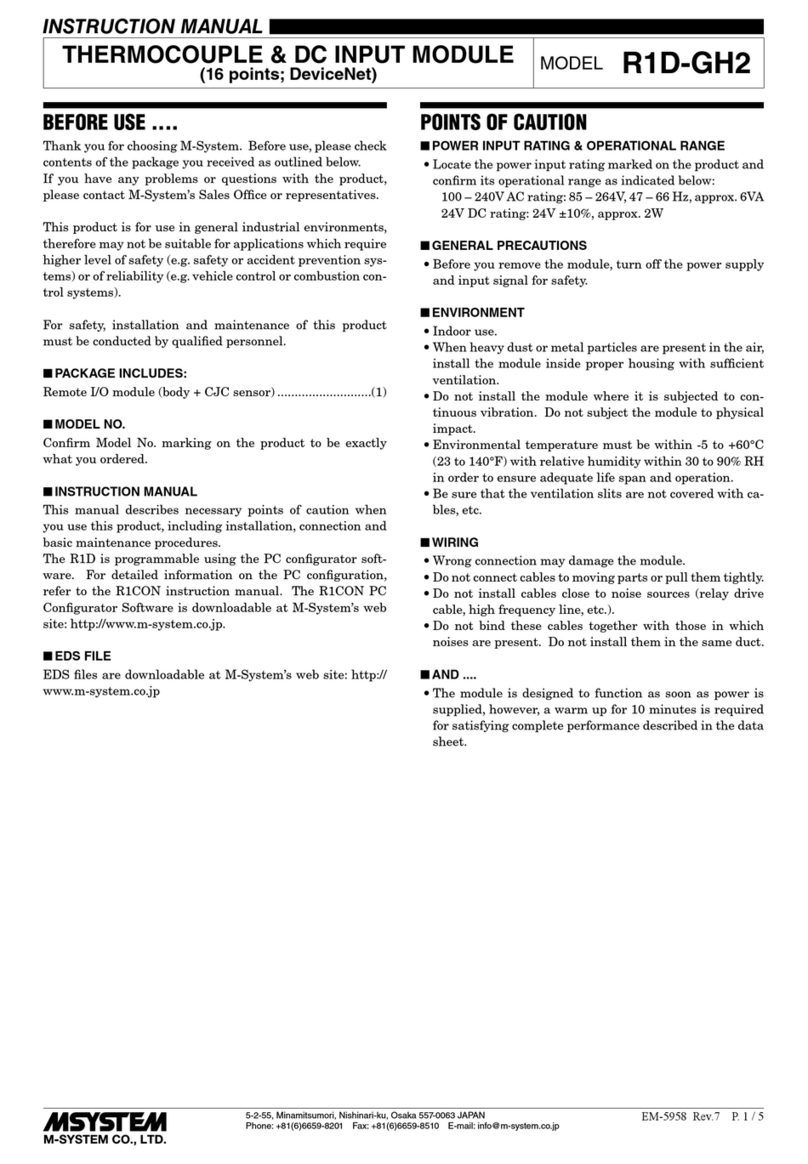
M-system
M-system R1D-GH2 instruction manual
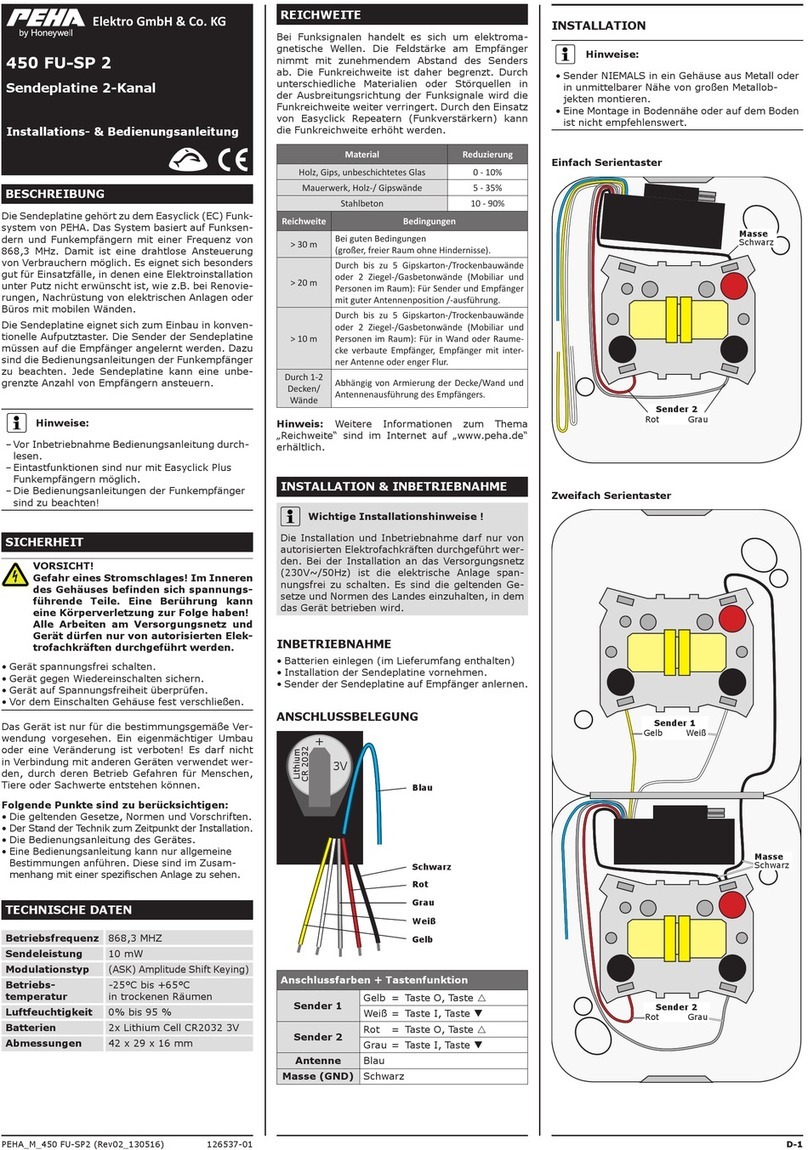
Honeywell
Honeywell PEHA 450 FU-SP 2 Installation and operating instructions
